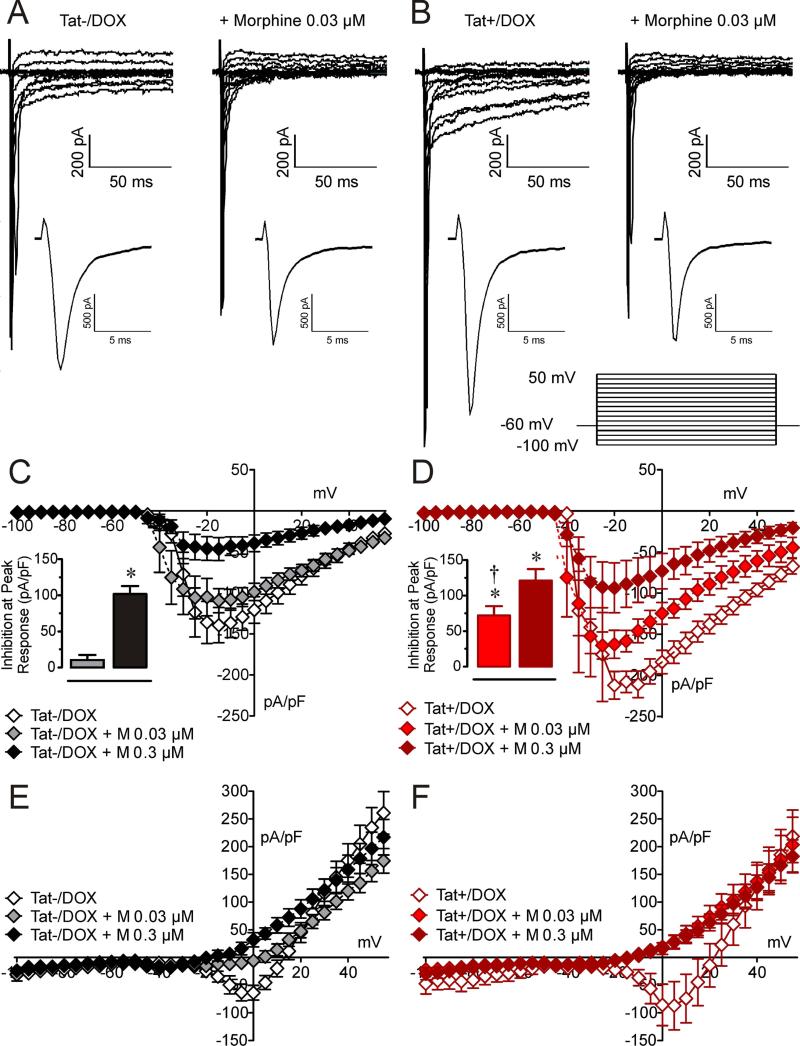Figure 2. Effect of morphine on sodium current densities is significantly enhanced in neurons from Tat+/DOX mice.
Sodium current density was assessed by voltage clamp recordings with Cs+ in the internal solution. (A & B) Raw traces of sodium channel currents of neurons from (A) Tat−/DOX mice show no effect for a low 0.03 μM concentration of morphine on sodium currents, whereas (B) Tat+/DOX show a significant reduction in the presence of 0.03 μM morphine. (C & D) A current density-voltage relationship shows that for the fast transient inward sodium currents (C) in neurons from Tat−/DOX, 0.3 μM inhibits sodium flow but not 0.03 μM morphine, whereas (D) in neurons from Tat+/DOX a significant reduction is noticed for 0.3 μM and 0.03 μM morphine. Insets indicate inhibition at peak responses with morphine that was significantly enhanced for morphine 0.03 μM in Tat+/DOX compared to Tat−/DOX. (E & F) A current density-voltage relationship shows that for the late component of the inward sodium currents (E) in Tat−/DOX morphine reduces the long-lasting inward sodium current density, specifically for the high 0.3 μM morphine concentration, whereas (F) in Tat+/DOX a significant reduction is noticed similarly for 0.3 μM and 0.03 μM morphine. Data are expressed as mean ± SEM. Bar graphs: one-sample t-test, *p < 0.05 vs 0 % inhibition, †p < 0.05 vs. Tat−/DOX + Morphine 0.03 μM, M = morphine.

